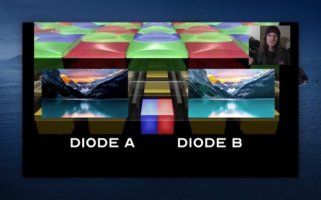Having the camera in manual mode, and setting ISO to auto only has very few use cases.
You will have to manually control the exposure with Exposure Compensation to keep it from blowing out highlights when it cannot go lower than 100 (50) ISO. It means the auto ISO only helps you if you deliberately keep your ISO around a much higher number, absolutely don't want another shutter speed, absolutely need to keep background blur, ánd don't have vastly changing conditions.
For most pictures I find dynamic range and noise much more important than background blur or shutter speed. So I'd use Av or Tv. It's such a small area of use cases that ISO is actually not important.
Simple. Increase the shutter speed if ISO is at it’s lowest value. In manual mode, I can control the DOF I want and the shutter speed to ensure no motion blur.
Upvote
0



